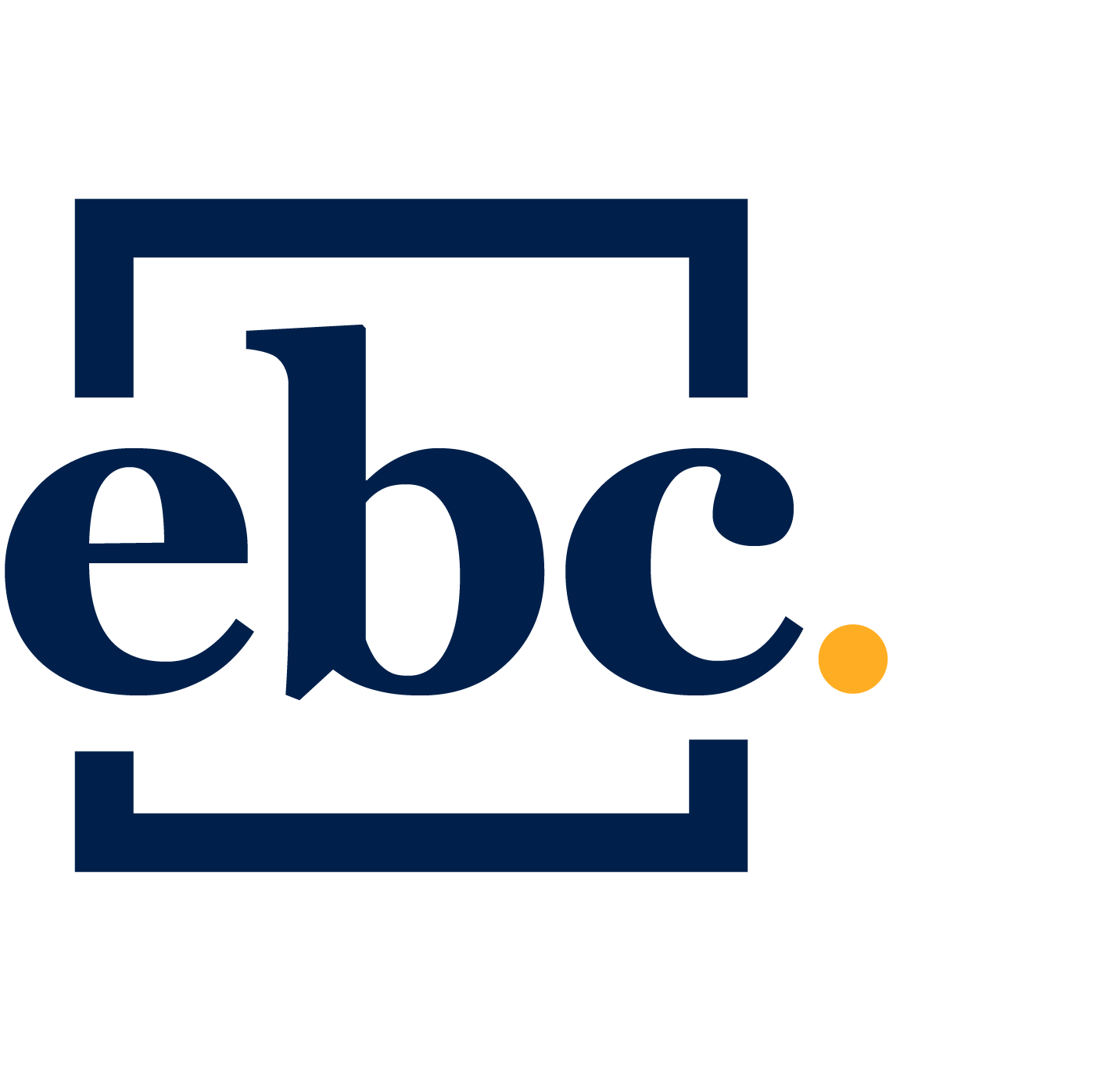The Best Types of Savings Accounts and Funds

Jay

Knowing what are the best types of savings accounts and funds can make a big difference when it comes to your personal finances.
Saving is important, however, where you save can be the difference between reaching your goals and falling short.
Deciding on a savings account is an important decision and there are a few things that you need to consider before choosing.
Let’s take a look at some key things to know when comparing different savings accounts and what each type of savings account is going to do for you. Each one has their strengths and weaknesses and which one you decide on will depend on what your goals are.
Choosing a goal
As with most things, it is important to know what you are trying to achieve before actually trying to achieve it. Sure, sometimes it’s fun to throw caution to the wind and wing it but this is not one of those times. Trust me on this one.
Each of the savings accounts and fund that I will be going over has a different purpose. Of course, there are some that have multiple uses but for the most part, each serves a specific purpose.
Are you planning on saving up for an emergency fund or put your kids through college? Maybe you just want to be prepared for the holidays and get a jump start on your gift giving budget this year. Whatever your goal, there is a savings account or fund to match.
What is a savings account?
Savings accounts are different from checking accounts in that they earn some level of interest, though not much, and serve as a place to put your money when you don’t plan on accessing it frequently.
Savings accounts are considered non transaction accounts and limit certain transactions each month. Checking accounts, by contrast, are considered transaction accounts designed to allow unlimited access for paying bills, etc.
Perhaps you are wondering what the difference between a savings account and some form of investment is. Savings accounts can earn interest just like investments, after all. The main difference, and the most important one, is that investments are not secure and savings accounts are. You won’t be losing money in your savings account if the stock market crashes but the trade off is the lower potential earnings.
Traditional Savings Account
This is what you probably think of when you hear “savings account.” These can be opened up at any bank or credit union and are essentially a place to park money that you aren’t going to be using for regular bills and other expenses.
A traditional savings account is going to offer low interest rates, .10% right now according to the FDIC, and will limit the amount of transfers each month according to restrictions imposed by the Federal Reserve Board.
Opening a traditional savings account is pretty straightforward and typically requires either a relatively low minimum deposit while some have no minimum deposit requirement to start.
High Yield Savings Account
The high yield savings account is a relatively new advent brought on by online banks and traditional banks that allow people from all over the country to open accounts online. This competition has created savings accounts that offer interest rates several times higher than a regular savings account.
The primary downside in using one of these online accounts is simply the fact that your other accounts, like your checking account and perhaps others, will be held with a separate bank. However, depending on how quickly you expect to need to access your money this may not be an issue. Transfers can take place rather quickly but likely still slower than transfers between accounts held at the same bank.
High yield savings accounts will be insured through the FDIC or similarly insured just like any other bank and can offer you much higher rates relative to your typical savings account. This is worth considering if the increased earnings on your savings is worth these small downsides.
Money Market Account
A money market account is very similar to a traditional savings account but differs in a few key ways.
Interest earned will be higher on average than a typical savings account. Right now, average interest rates for regular savings accounts are at .10% according to the FDIC while money market accounts are at .12%. While these rates will change and differ from one institution to the next, the point here is that money market accounts earn more interest on average than regular savings accounts.
Another important difference is that money market accounts will usually require a minimum amount to open the account as well as require a minimum balance to be maintained. If your balance dips below this minimum, fees can be imposed.
What is a money market account good for?
A money market account is going to be a good option to consider for relatively short term savings goals, not long term (retirement).
Saving for an emergency fund, a vacation, a car, a deposit on a house or apartment, and anything else that needs to be relatively available but won’t be sitting there for too long.
Why does this matter? While money market accounts earn some interest they do not come close to keeping up with the market. Over time your money in this account will effectively be losing value.
You may have noticed that I mentioned that a money market account is a good place for an emergency fund, which will be sitting in this account for the foreseeable future. This is true but, unlike other long term accounts, an emergency fund needs to be available to you in an emergency and a money market account at least will earn you some interest each year.
CD Account
A CD account stands for certificate of deposit, which is a savings account in which you deposit your money for a specified term and earn interest at a higher rate than a regular savings account. At the end of this term, you will receive your deposited amount plus interest earned. Terms can range from months to years.
Banks benefit from you leaving your money with them and they are willing to pay a higher interest rate for you to commit to locking your money away with the bank for a set amount of time.
Interest rates vary and increase as the length of the term increases. Right now the average interest rate for a 3 month CD is .10%, the same as a regular savings account. A 60 month CD, on the other hand, has an interest rate of .57%. While these can be much higher than a regular savings account or money market account, they fall far short of other riskier investments.
The benefit of a CD account is in its security. The rate that you receive is locked in and will not change regardless of the economy. This can be good and bad depending on what is going on, however because you know the rate going in, you can plan ahead knowing what your return will be.
One strategy that can be utilized is called a CD ladder. This is simply creating multiple CD accounts with staggered maturity dates so that you have access to your money at regular intervals allowing you more flexibility in how you manage your money. If you want to reinvest your funds when one of your CDs matures, you can but if not you can move your money elsewhere.
Sinking Fund
A sinking fund is used to set aside money for expenses that you know will be coming up during the year. It is an important part of your budget and will help you prepare for predictable expenses such as recurring bills that are due several months apart such as insurance or planned expenses like family vacations or a car.
The idea behind a sinking fund is simple. Let’s assume that you know that you will need to replace your roof next year and it is going to cost you $6,000. Rather than waiting until next year you would create a sinking fund and budget $500 a month to save in this fund. Next year when the expense comes up you are prepared.
If you have multiple expenses that would benefit from a sinking fund, you can create several. What is important is to remember to be strategic in your planning. Having ten sinking funds may or may not be appropriate for your situation. Generally speaking, keeping things simple is usually better but it is also important to maintain distinct budget items and sinking funds help with this.
So where does your sinking fund go? A sinking fund can go into any savings account depending on the amount being saved. A money market savings account, for example, may not be appropriate if the amount being saved falls below a required minimum balance. In this case, a regular savings account would be a better option.
You can even keep multiple funds in one savings account so long as you are keeping detailed records of your allocations. For example, you can set up a single savings account for all of your sinking funds and maintain a spreadsheet that details how much is set aside for each sinking fund.
However you decide to do it, make sure to stay disciplined and follow your budget.
Holiday Savings
I don’t think I’ve ever been fully prepared when it comes to buying gifts for the holidays. For one reason or another it always seems to sneak up on me and I’m left scrambling and bemoaning how expensive everything is. Don’t be unprepared like me.
All of this can be avoided with a little planning ahead. Many banks and credit unions offer some version of a holiday savings account where you can deposit money each week or month throughout the year in preparation for the holiday gift giving season.
Traditionally, restrictions are placed on these accounts, limiting withdrawals or imposing penalties for withdrawals before a set date during the holidays. The benefit of this is to create a deterrent to early spending of the money that you’ve set aside. This can help many people adhere to a savings plan and reach their gift giving goals.
A good way to approach this type of savings account is to set up an automatic transfer into the account each pay period. This way the money is gone before you see it and makes it as hands off as possible. This is essentially a dedicated sinking fund with potential penalties in place for early withdrawals.
College Fund
While technically an investment account, a 529 college savings plan is the perfect place to save toward paying for the education of your children or other beneficiaries.
A 529 college savings plan, known as a qualified tuition plan, is a tax advantaged investment that is state sponsored and designed specifically for education expenses. Earnings on money invested in this type of account will not be taxed while the money is in the account and when withdrawn are exempt from federal income tax and in many cases, state income tax as well.
States may also offer other tax benefits related to your contributions to this type of savings plan but withdrawals made that are not used on qualified educational expenses will be subject to income taxes as well as a penalty.
If you plan to save for your children’s education, a 529 college savings plan is something that you should definitely look into and can help offset future student loan debt and maybe even eliminate the need to take out student loans in the first place.
DISCLOSURE: THIS POST MAY CONTAIN AFFILIATE LINKS AND/OR PAYED PLACEMENT. PLEASE READ MY DISCLOSURE FOR MORE INFO.







0 Comments